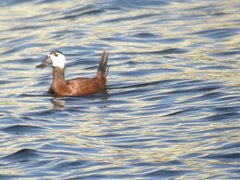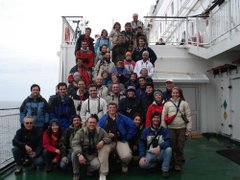BIRDING BUSTARDS - PLAINS AROUND MADRID
Spain holds Europe's largest populations of some grassland birds like Great and Little bustards, sandgrouses and others.
Great Bustard Otis tarda is a fantastic bird, very well represented in Madrid Province (hosting 3% of the Worldwide population (Spain 60%)). It is a fantastic bird and a typical resident in Madrid. It is considered a vulnerable species but is common in some areas of cereal cultivation, steppes and semi-desert scrub of some parts of Madrid.
A good time to observe large flocks is during the sexual display, earlier spring, when males show and displey the roullette, to atract the females.
Great Bustard Otis tarda is a fantastic bird, very well represented in Madrid Province (hosting 3% of the Worldwide population (Spain 60%)). It is a fantastic bird and a typical resident in Madrid. It is considered a vulnerable species but is common in some areas of cereal cultivation, steppes and semi-desert scrub of some parts of Madrid.
It is the biggest bird (in weigth) that can fly in Europe and worldwide and can be seen just 30-40 km out of Madrid City, e.g. ZEPA: N-E plains.
 |
| Sexual display of male Great bustard |

The Little Bustard Tetrax tetrax is also present in Madrid province, with about 800-1,000 pairs during the winter season, and fewer during reproductive season. It is very difficult to see, but with a bit of luck can be seen around the ZEPA area of the Southeastern Regional Park, specially during spring time.
Also, flocks of Stone curlew Burhinus aedicnemus Black-bellied sandgrouse Pterocles orientales Calandra lark Melanocorypha calandra are present in this plains, and, can be observed.
 |
| Stone Curlew is possible to be observed too |
Northern harrier in winter and Montagu's harrier in spring and summer are around. Also, the east plains of Madrid could be productive for Lesser kestrel Falco naumanni and White storks Ciconia ciconia nesting on churches or raptors searching for food such as black vulture or griffon vulture.
Others: Red Kite, Western Marsh Harrier, red-legged Partridge - Perdiz Roja, Northern Lapwing (W), Spottles Starling, Cattle Egret, Common Kestrel, Skylark , Black kite (S) or











